|
Percival Proctor Mk.III
Percival P.10 Vega Gull
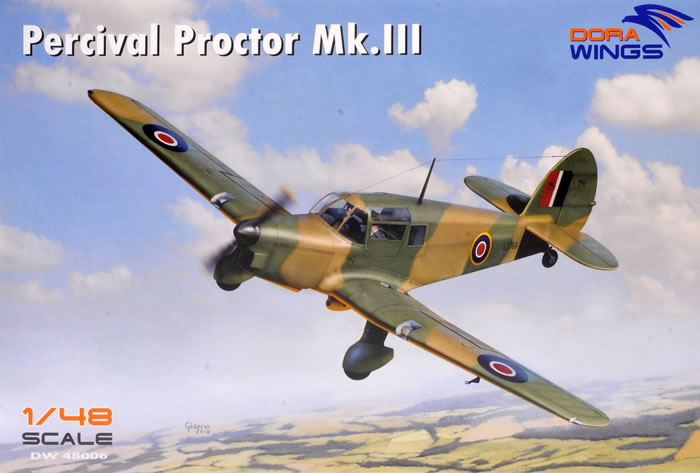
Dora Wings, 1/48 scale
S u m m a r y : |
Catalogue Number: |
Dora Wings Kit Nos.
48005 – Percival P.10 Vega Gull
48006 - Percival Proctor Mk.III |
Scale: |
1/48 |
Contents & Media |
Each kit contains 94 parts in grey plastic; eight clear parts; one photo-etched fret; self-adhesive canopy masks; markings for four (Proctor) and five (Gull) options. |
Price: |
TBA - will be available online from Hannants
and worldwide distributors listed on AMG's website
Click here for currency conversion |
Review Type: |
First Look. |
Advantages: |
Cleanly moulded; simple parts breakdown; subtle surface textures; effective use of photo-etch; canopy may be posed open or closed. |
Disadvantages: |
No colour callouts in the instructions. |
Conclusion: |
These are good looking kits of two important but neglected subjects in 1/48 scale.
Dora Wings' 1/48 scale Proctor and Vega Gull kits are cleanly moulded, features crisply recessed surface textures, useful photo-etched parts and the inclusion of canopy masks is a nice bonus.
If you have a few kits under your belt you won't have any trouble with the absence of locating pins. Just take your time aligning parts, test-fit frequently, and you'll have an attractive result. |
Reviewed by Brett Green

Special Hobby’s Mirage F.1B/BE is available online from Squadron.com
The Percival Proctor was a British radio trainer and communications aircraft of the Second World War. The Proctor was a single-engined, low-wing monoplane with seating for three or four, depending on the model.
The Proctor was developed from the Percival Vega Gull in response to Air Ministry Specification 20/38 for a radio trainer and communications aircraft. To meet the requirement, the aircraft based on the Vega Gull had larger rear cabin windows and the fuselage was six inches longer. Modifications were made to the seats to enable the crew to wear parachutes, and other changes to enable a military radio and other equipment to be fitted. In early 1939 an order was placed for 247 aircraft to meet operational requirement OR.65.
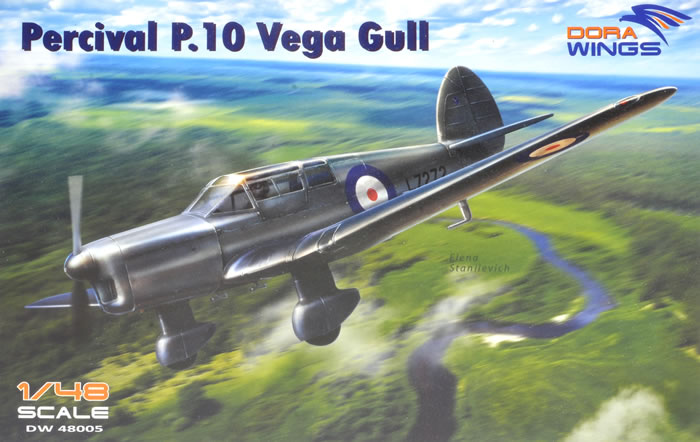
The prototype aircraft, serial number P5998, first flew on 8 October 1939 from Luton Airport and the type was put into production for the RAF and Fleet Air Arm. The prototype was tested as an emergency bomber during 1940 but this idea was abandoned as the invasion threat receded. Although the first 222 aircraft were built by Percival at Luton, most of the remaining aircraft were built by F. Hills & Sons of Trafford Park near Manchester. They built 812 Proctors of several marks between 1941 and 1945, assembling most of the aircraft at Barton Aerodrome.
Whilst the very early Proctors (Mks I to III.) followed very closely the last incarnation of the Vega Gull, and consequently retained most of its performance, later versions became much heavier and less aerodynamic, with inevitable detrimental effects upon their performance.
The later marks of Proctor, whilst looking broadly similar, were in fact a complete redesign of the aircraft and were much enlarged, heavier and even less efficient. Flight performance was poor. There were later plans to fit them with the 250 hp Queen 30 and larger airscrew, but only one trial aircraft was so fitted as the all-metal Prentice was being developed to replace the Proctor, utilising the Queen 30 etc. The Prentice itself proved to be a very poor aircraft (even worse than the later Proctors) and served in the RAF for only a handful of years before withdrawal as it was deemed unsatisfactory.
The remaining Proctors in use soldiered-on after Service use in private hands until the 1960s. At this point, owing to concerns about the degradation of glued joints in their wooden airframes, they were all grounded. Several surviving Proctors have been rebuilt with modern adhesives and should be returned to the air shortly. Early Proctors still make good light aircraft, as they combine the Vega's attributes of long-range, speed and load-carrying ability. Notably, all Proctors inherited the Vega Gull's feature of wing-folding.
Dora Wings released three 1/72 scale Proctor / Vega Gull kits last year that were reviewed in detail on here on HyperScale by Graham Carter.
Dora Wings has now released two 1/48 scale kits representing the Percival Proctor Mk.III and Percival P.10 Vega Gull.
All of the grey sprues are common to the two kits but there are a number of alternative parts that define each variant, mainly around the nose and propeller assemblies and the rear cabin configuration.
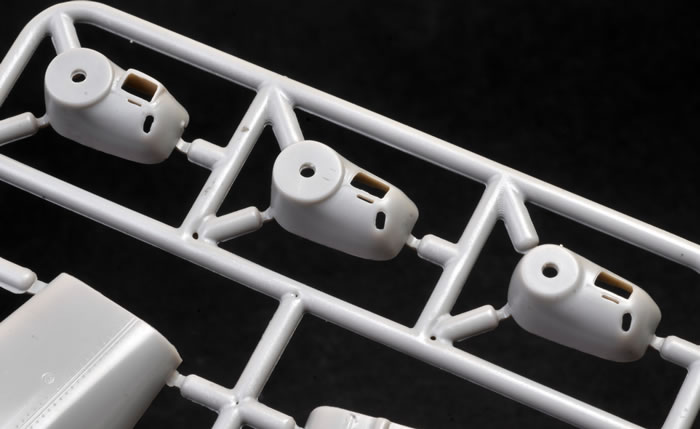
The Vega Gull has a forward-facing rather comfy looking bench seat in the back, while the Proctor has a reverse-facing chair with radio and desk.
The canopy is the other distinguishing factor. Different clear sprues are supplied for the Proctor and the Gull, with the differences between the two being well represented.
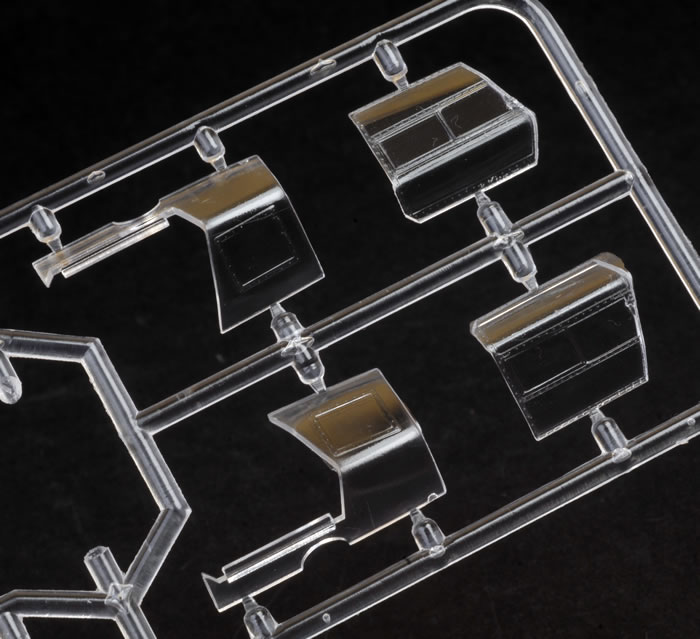
Dora Wings' 1/48 scale Percival Proctor Mk.III and Percival P.10 Vega Gull each comprise 94 parts in grey plastic; eight clear parts; one photo-etched fret; self-adhesive canopy masks; markings for five (Proctor) and four (Gull) options.
The plastic parts are well moulded. Panel lines are crisply recessed, and stretched fabric on the control surfaces is subtly done.
There is no flash to speak of. Moulding quality and presentation is very good.
The kit is broken down conventionally with separate port and starboard fuselage halves, upper and lower wing halves (separated into port and starboard), and control surfaces are all separate parts.
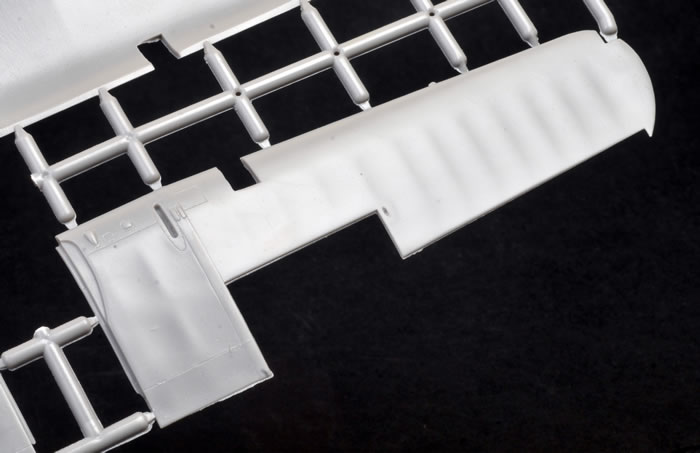
A decently detailed engine is included. The photo-etched fret includes ignition wiring for the engine as well as cockpit details - notably the instrument panel with decal dials - and exterior details.
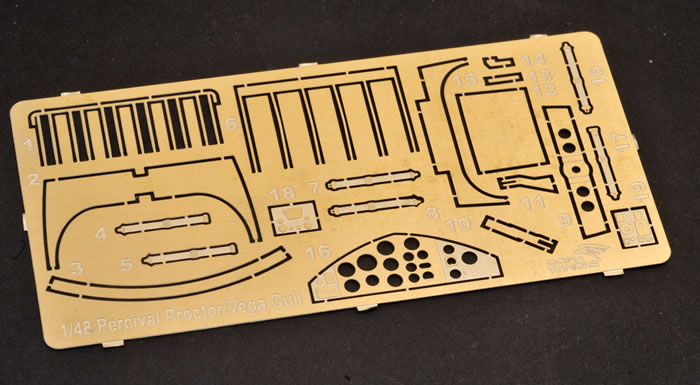
There are no locating pins on the main parts, so you will need to take some time aligning these before committing to glue.
The clear sprue in each kit provides the unique windscreen, canopy with two separate hatches and wingtip navigation lights. The parts are quite thin and clear.

Self-adhesive masks are included - a particularly nice touch for this glasshouse canopy.
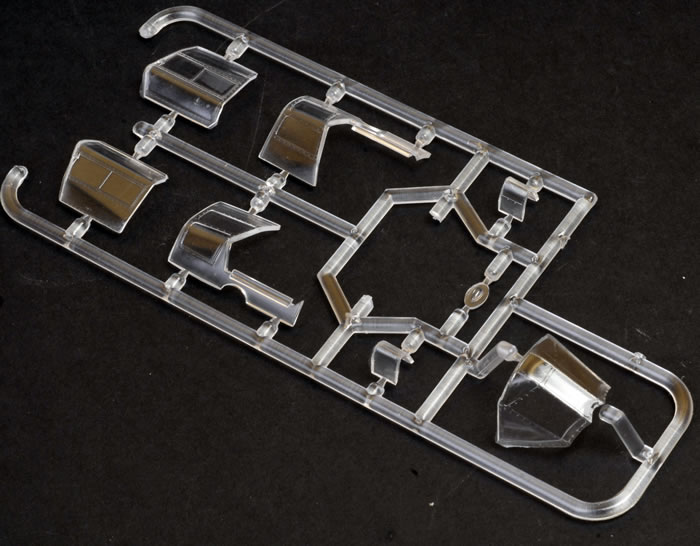
Instructions and marking guides are supplied on folded A4 sheets.
There are 16 clearly illustrated construction steps.
Markings
The decal sheet is printed by Decograph in Ukraine. Registration and printing look good.
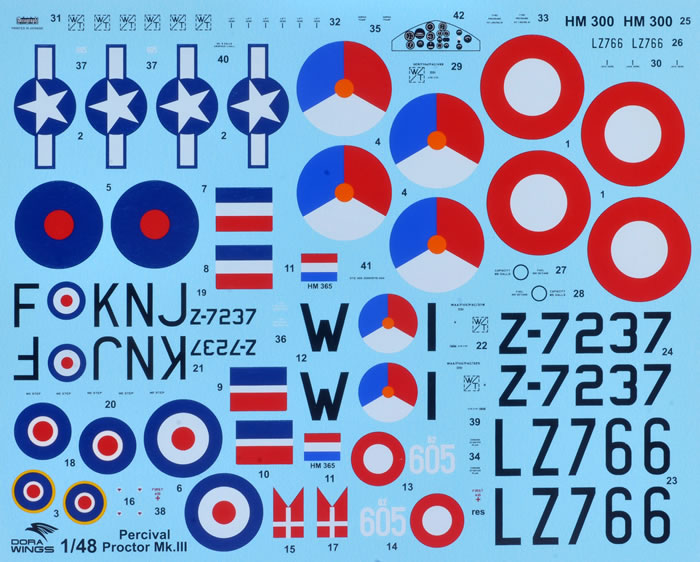
For the Proctor, markings are supplied for five machines.
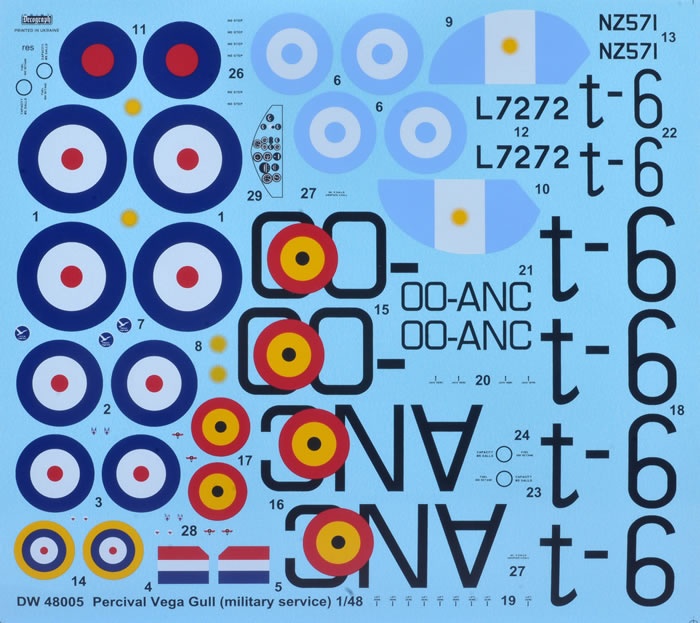
There are four marking options for the Vega Gull.
These are good looking kits of two important but neglected subjects in 1/48 scale.
Dora Wings' 1/48 scale Proctor and Vega Gull kits are cleanly moulded, features crisply recessed surface textures, useful photo-etched parts and the inclusion of canopy masks is a nice bonus.
If you have a few kits under your belt you won't have any trouble with the absence of locating pins. Just take your time aligning parts, test-fit frequently, and you'll have an attractive result..
Thanks to Dora Wings for the review sample.
Review Text and Images Copyright © 2018 by Brett Green
Page Created 5 February, 2019
Last updated
6 February, 2019
Back to HyperScale Main Page
Back to Reviews Page |
